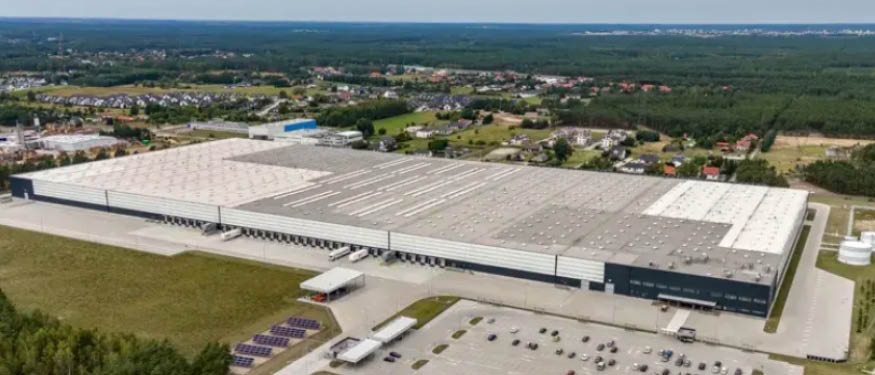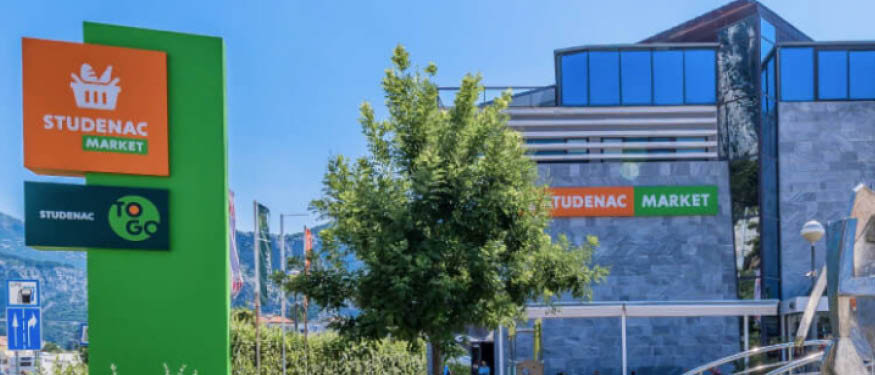PPPs represent a long-term collaboration between the public and private sectors, enabling more efficient construction, maintenance, and management of infrastructure, with an optimal distribution of risks and financial obligations.
The regulatory framework for PPPs in Montenegro is defined by the Law on Public-Private Partnerships (Official Gazette of Montenegro, No. 073/19, dated 27.12.2019), which came into force on July 7, 2020. Prior to this, the area was governed by the Law on private sector participation in the provision of public services. (Official Gazette of the Republic of Montenegro, No. 30/02). A related model – that of concessions – which refers to granting the private sector the right to manage certain resources or services, with the obligation to invest and pay a fee to the state – is regulated by the Law on Concessions. (Official Gazette of Montenegro, No. 008/09, dated 04.02.2009, 073/19, dated 27.12.2019, 125/23, dated 31.12.2023, 082/24, dated 23.08.2024)
To date, the concession model has been dominant in Montenegro, particularly in the energy and transport sectors, while PPPs have yet to be fully developed. One of the first successful PPP projects in Montenegro was the private student dormitory opened in 2013 in Podgorica, implemented by our client, Kroling DOO. This project stands as a positive example of a PPP, as it enabled construction without burdening the state budget, with the private partner assuming investment risks and ensuring efficient resource management. It shows that the PPP model can speed up construction, as the private sector often has superior technical resources and expertise for faster project implementation. In October of last year, a tender was published for the selection of a private partner within the framework of a public-private partnership aimed at the design, financing, construction, and management of the Lokanda hotel in Cetinje. The project includes the construction of a two-story underground garage and the landscaping of the Artist Square. The total value of the project is EUR 13.78 million. After the feasibility analysis of the PPP was completed and the private partner was selected at the end of 2024, the project is expected to begin. This is the first public call for awarding a PPP contract in Montenegro conducted in accordance with the new PPP Law.
PPPs have rarely been used in practice in Montenegro, and their full implementation has been limited, with only a few projects carried out under this model, mostly due to inadequate legal provisions, uncertainties in their application, complex procedures, administrative obstacles, and a lack of transparency. Fully realizing the benefits of this collaboration model will require a simplified and improved legal framework, stronger institutional capacity, and streamlined administrative procedures. By addressing these challenges, Montenegro can stimulate infrastructure development and establish successful, long-term PPPs.
Infrastructure
Montenegro’s current underdeveloped infrastructure network is a growing concern, making its improvement a top priority in the coming period. One of the largest infrastructure projects in Montenegro in the post-communist period is the construction of the first section of the Bar–Boljare highway, despite numerous shortcomings and budget overruns. While the first section of this highway has been completed, plans for its continuation, along with other key infrastructure projects, such as the development of the Adriatic-Ionian motorway corridor and the construction of fast roads and bypasses for coastal cities, are currently under consideration. As part of this, a particular challenge is finding an appropriate solution for the route through the Bay of Kotor, where the construction of the Verige Bridge is being considered as a potential infrastructure project. The bridge would connect the two shores at the narrowest point of the bay, enhancing the region’s transportation network. However, concerns about its impact on UNESCO-protected Kotor, as well as ecological, urban, and financial feasibility issues, present challenges. Alternative solutions, such as an underwater tunnel or a route across the Lustica Peninsula, are also being considered. The process of granting a concession for Montenegrin airports began in 2019, aiming to improve efficiency and infrastructure and attract private capital. However, this process has been stalled for nearly six years. In late 2024, bids for a long-term airport concession were reopened, but the lack of investment in recent years has partly resulted from uncertainties surrounding the concession process.
The most significant challenge to successfully realizing infrastructure projects in Montenegro is the complex public procurement process, which is essential for ensuring timely and efficient project delivery. Despite some digitalization, procurement procedures continue to be burdened by administrative complexity, long processes, and legal uncertainties, leading to delays in capital investment. Additionally, a lack of transparency, irregularities, and inconsistencies further hinder efficiency.
The process remains overly formalized, often excluding bidders over minor technical errors. Simplifying and expanding the digitalization of procurement procedures, alongside strengthening institutional capacity, would improve efficiency, accelerate project realization, speed up decision-making, and increase private sector interest in infrastructure projects.
By Nemanja Radovic, Partner, and Dijana Dedic, Senior Associate, Komnenic & Partners
This article was originally published in Issue 12.2 of the CEE Legal Matters Magazine. If you would like to receive a hard copy of the magazine, you can subscribe here.

















